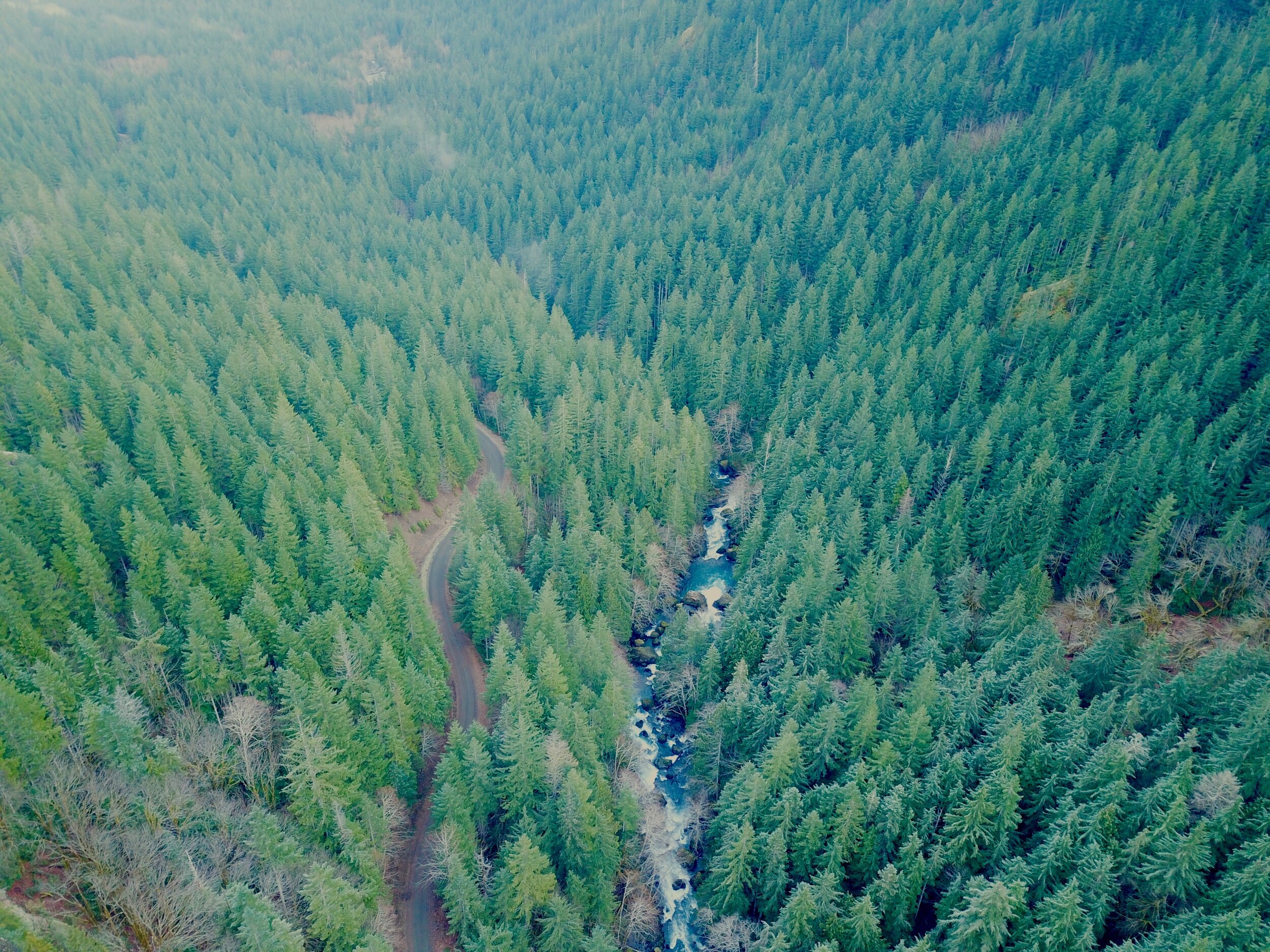
Green for a reason.
Why we are so keen about our falls?
As storms from the Pacific Ocean move across the peninsula, they crash into the Olympics and are forced to release moisture in the impact. Consequentially, the clouds release massive amounts of moisture (up to 170 inches annually) in the coastal side of the range – creating the “rain shadow effect.”
The massive rainfall has given life blood to the hanging mosses of the perpetually wet Northwest rainforests – Hoh and Quinault. On top the Olympic Mountains this moisture lands as snow frosting the peaks with as much as 35 feet each year.
Each spring the snow melts and creates icy run-off. Mix in a little more rainfall and the result is a spectacular waterfalls ring envelops the base of Olympic range.
Pacific coastal waterfalls are gorgeous year round but tend to be most spectacular in early spring or during the autumn rainy season.
Search our list of waterfalls below for inspiration:
Brush up on your waterfall definitions
Scientists classify waterfalls based on the average volume of water or the width of the falls. A popular, but less scientific, ways to classify is by type. A waterfall's type is simply the way the descends. Most waterfalls fit more than one category.
Ledge waterfall: Water descends vertically over a vertical cliff, maintaining partial contact with the bedrock
Classical: Ledge waterfalls where fall height is nearly equal to stream width, forming a vertical square shape.
Curtain: Ledge waterfalls which descend over a height larger than the width of falling water stream.
Plunge: Fast-moving water descends vertically, losing complete contact with the bedrock surface. The contact is typically lost due to horizontal velocity of the water before it falls. It always starts from a narrow stream.
Punchbowl: Water descends in a constricted form and then spreads out in a wider pool.
Tiered: Water drops in a series of distinct steps or falls.
Horsetail: Descending water maintains contact with bedrock most of the time.
Slide: Water glides down maintaining continuous contact.
Ribbon: Water descends over a long narrow strip.
Chute: A large quantity of water forced through a narrow, vertical passage.
Block/Sheet: Water descends from a relatively wide stream or river.
Fan: Water spreads horizontally as it descends while remaining in contact with bedrock.
Cascade: Water descends a series of rock steps.
Segmented: Distinctly separate flows of water form as it descends.











